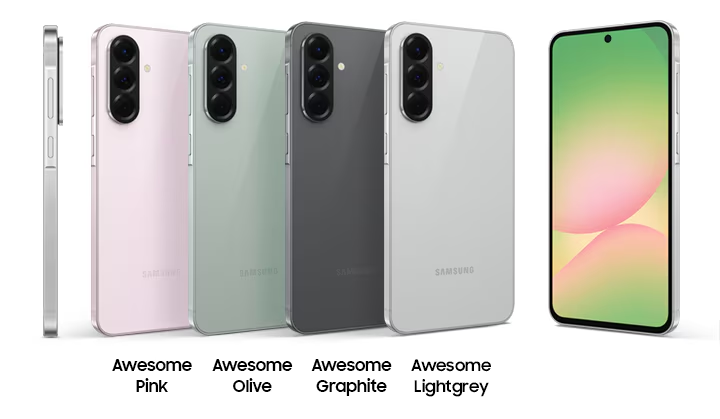Remember when Galaxy A-series phones were the Android darlings? According to Canalys, the A51 was 2020’s fourth best-selling smartphone globally. Now in 2025, Samsung’s midrange magic has almost imperceptibly faded. The Galaxy A56, launched alongside the A26 and A36 this month, continuing a predictable pattern of incremental updates, mirrors the S24 FE’s design and follows a near-identical annual release cycle that’s become increasingly formulaic.
At first glance, the 6.7-inch phone is essentially a warmed-over version of the 2021 model with minimal upgrades. We’re talking the same camera setup, a slightly updated chipset, and a new Android version. Samsung seems to have forgotten what made its midrange phones special—innovation, differentiation, and value.
The one saving grace is probably the 45W fast charging feature usually found in flagship models. But can one feature save a phone that feels more like a recycled design than a 2025 innovation?
In this piece, we’ll break down the 10 critical things Samsung failed to include in the Galaxy A56—and why these omissions matter to Samsung loyalists.
Samsung Galaxy A56 release date
The Galaxy A56 launched on March 19, 2025, alongside the Galaxy A36 and A26 5G. Samsung has maintained a consistent release pattern for the A5X series in recent years:
- Galaxy A55 – March 20, 2024
- Galaxy A54 – March 15, 2023
- Galaxy A53 – March 17, 2022
- Galaxy A52 – March 17, 2021
6 critical specs Samsung left behind in the 2025 Galaxy A56
Before you buy the Samsung Galaxy A56 phone, here are six omissions that may or may not be noticeably absent.
1. MicroSD card support and a 512GB option
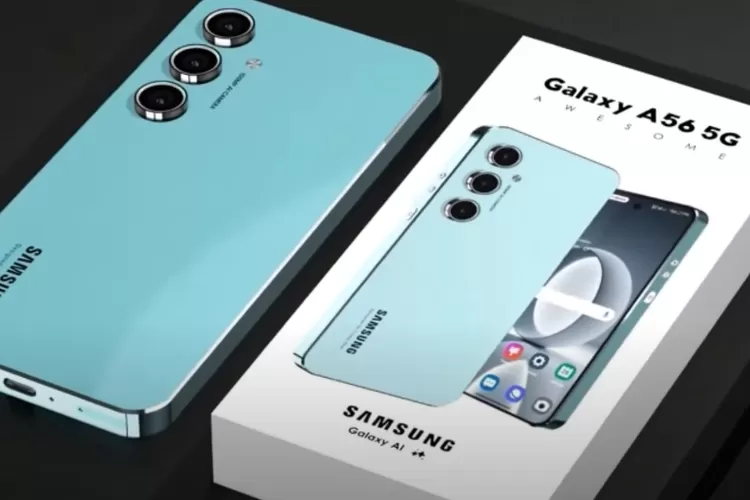
Samsung’s A-series has long offered storage flexibility, but the Galaxy A56 shifts away from that approach. At ₦600,000, the phone caps out at 256GB with no microSD slot, limiting upgrade options for users who need more space.
Samsung mass-produced 512GB eUFS storage in 2017, showing that higher-capacity options are not out of reach. Midrange models like the A51 and A71 featured both larger storage variants and expandable storage, but the A56 moves in a different direction. Instead of offering a 512GB option, this release locks users into the available storage tier.
At this price, no power user wants to buy the A56 as a backup phone or deal with storage full notifications. Surveys show a strong consumer preference for expandable storage, and in 2025, local data storage remains a priority. Yet, the A56 moves away from that demand, offering neither microSD support nor a higher-tier variant.
2. A Telephoto lens
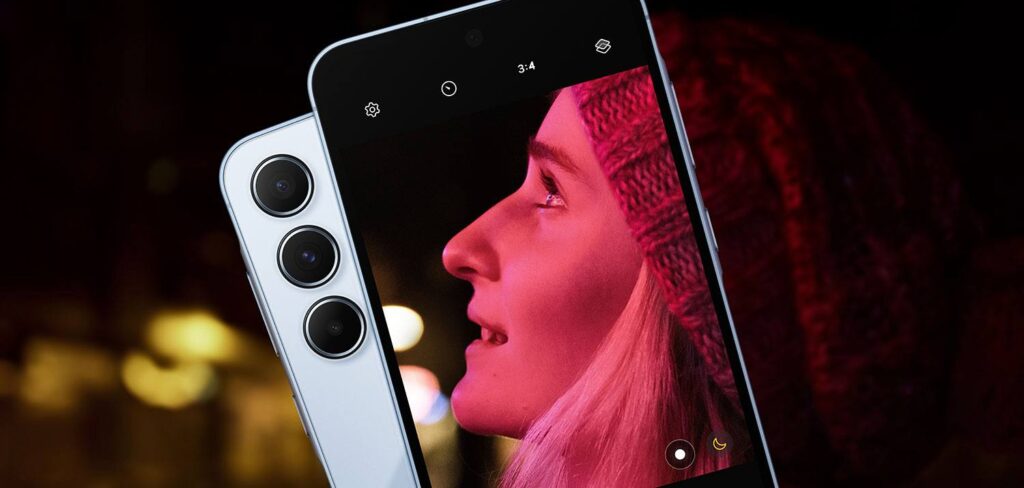
The Samsung Galaxy A56 sticks with a familiar camera setup, featuring a 50MP main sensor, a 12MP ultrawide lens, and a 5MP macro lens. This is the same configuration as the A55, but in 2025, a telephoto lens is becoming an expectation in this price range. Competing models like the Motorola Edge 50 Pro include a 3x telephoto camera without pushing the price higher.
Samsung’s decision to omit a telephoto lens means no optical zoom and fewer portrait photography options. Macro cameras remain underused, with early adopters often favoring telephoto over macro for practical shots. Video capabilities should also match industry standards, with 4K60 recording available across all cameras.
The Exynos 1580 finally supports 4K60 HDR playback, which is a welcome improvement. Hopefully, it is also more efficient than the Snapdragon 888, but if Samsung hopes to stay competitive, camera hardware should already be keeping pace with processing power.
3. Slimmer bezels
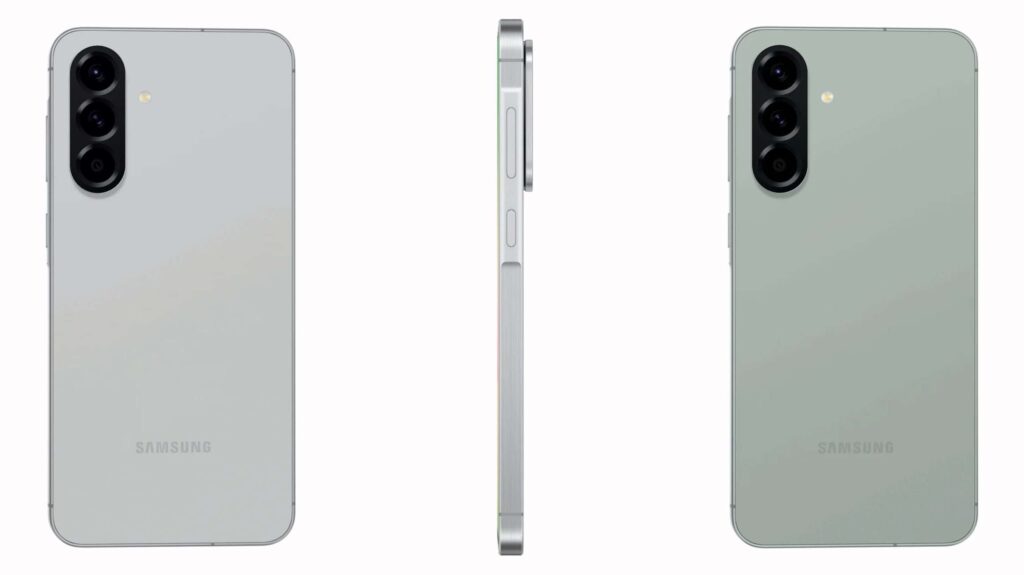
The Galaxy A56’s bezels are slimmer, but the bottom chin remains noticeable—not quite 2025-level, but not as bad as the Pixel 8a’s chunky borders. The 6.7-inch Super AMOLED display fits in the same footprint as the A55, now brighter with 1200-nit HBM and a 1900-nit peak.
For a phone borrowing from the S24 FE’s design, it could have gone further. The OnePlus Nord 4 pulls off a sleeker front, while leaked images show the A56 still has a thicker bottom bezel. Even the A51 had a more balanced design. Samsung set the trend for slimmer bezels, but didn’t follow through here.
At 198g, the A56 is lighter than the A55 (213g), keeping it just under the threshold where phones start feeling uncomfortable for extended use. But while the 6.7-inch display and lighter build help usability, the overall design doesn’t fully embrace the bezel-less look that other midrange rivals are pushing.
4. Wireless charging
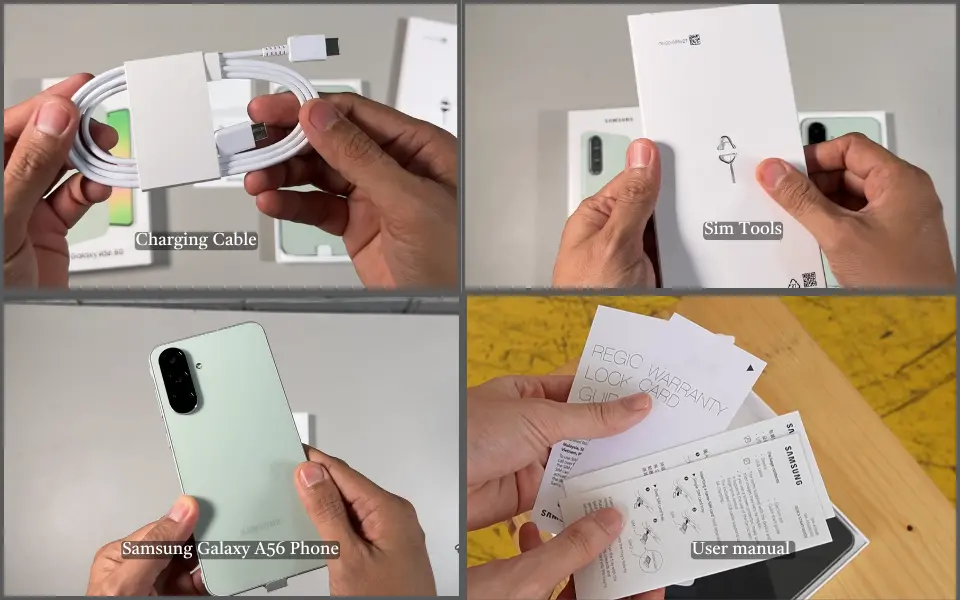
(Image Credit: MobileDokan)
If you were hoping for wireless charging on the Galaxy A56, it’s best to manage expectations—Samsung isn’t rushing to add it. The A-Series has been slow to adopt faster wired charging, only moving from 15W to 25W over multiple generations. Now, with 45W charging, Samsung will likely stretch that upgrade out for a few more cycles before considering wireless charging.
It took until the Galaxy S23 for some users to appreciate wireless charging, and at this price point, its absence isn’t shocking. Basic Qi charging would have been a welcome step forward, but Samsung seems content to prioritize wired speeds instead. At least if you have a compatible 45W charger, expect the A56 to hit 70% in 30 minutes and a full charge in about 75 minutes—though you’ll have to buy the adapter separately.
5. Exynos 1580 is a step forward but not enough
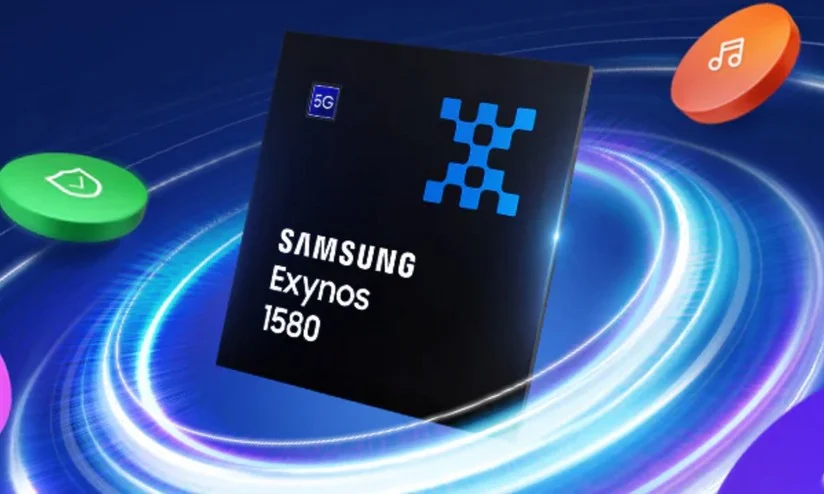
Samsung’s Exynos 1580 pushes past the A55’s chip, but it’s still not enough for demanding users. While the move to ARMv9 cores and vapor chamber cooling helps with efficiency, gaming performance remains a letdown. Even with AMD’s RDNA 3 GPU, the A56 struggles with Genshin Impact at max settings, and video rendering speeds are the worst in its class.
On top of that, the Exynos 1580 lacks AV1 decoding, meaning less efficient video streaming, and Samsung skipped DeX mode, a feature that once made midrange devices more versatile. The A56 does better than its predecessor, but for gamers or power users, it’s just not built to keep up.
6. Side-mounted Fingerprint reader

The Galaxy A56 features an in-display fingerprint sensor, positioned closer to the bottom edge of the screen. While this design choice contributes to a sleek look, some users may find it less intuitive compared to a side-mounted scanner, which has been a common feature in previous A-series models.
Devices such as the Galaxy A54 5G (2023) and A23 5G (2022) used side-mounted fingerprint scanners integrated into the power button, offering a familiar and accessible unlocking method. Even Samsung’s premium foldables, like the Z Fold6, continue to use side-mounted scanners for ease of use.
While in-display sensors are becoming more common, they can be sensitive to factors like screen protectors and finger placement, which may affect speed and accuracy. Whether this shift is an improvement depends largely on user preference, but Samsung’s past models show that side-mounted scanners remain a practical alternative.
Read Also: High-end Samsung Z Fold 5 comes polished and lighter with new hinge tech
What we like:
- Future-proofed Software with One UI 7.0 (based on Android 15).
- Fast charging.
- Noticeably slimmer profile.
- Durable Gorilla Glass Victus+ on both the front and back.
- AI-supported editing tools and overall features.
- Decent selfie camera.
- Brighter Super AMOLED screen than previous models.
Key Specs for Samsung Galaxy A56 5G phone
- Design: Glass Aluminium frame
- Display: 6.7 inches, 120 Hz
- Processor: Samsung Exynos 1580
- RAM: 8 GB, 12 GB
- Storage: 128 GB, 256 GB
- Camera: 50 MP + 12 MP + 5 MP
- Battery: Non-removable Li-Po 5000 mAh
- Charging: 45W
- Weight: 198g
- Software: Android 15, One UI 7
- SIM: Dual SIM, Nano-SIM + Nano-SIM + eSIM + eSIM (max 2 at a time)
- Headphone jack: No
- Colours: Pink, Olive, Graphite and LightGrey
- Starting Price: ₦600,000 – ₦620,000 ($382 – $395)
Should you buy the Galaxy A56 phone?
If you’re upgrading from the A55 or A54, the A56 feels like a sidegrade—losing the microSD slot, keeping the virtual proximity sensor, and offering only minor refinements. Performance is better but still behind rivals, with alternatives like the Xiaomi 14T series offering more power and features.
Samsung’s strong software support keeps it relevant, but without expandable storage, choosing the right variant is crucial. Overall, the A56 is a solid but unremarkable mid-ranger, holding its ground while competitors push forward.
Pricing & Availability
Remember when $250 got you a solid midranger? Those days are long gone. Now, mid-range phones typically fall between $300 and $700, and the Galaxy A56 sits at ₦600,000 ($382).
In some markets, the A56 launched at the same price as the A55, which keeps it competitive where alternatives are limited. For example, in Brazil, it’s priced around $306, standing out as one of the better options given the lack of competition from Chinese brands.
In the UK, it costs £559 for the 8GB/256GB model—£120 more than the A55 at launch. Here’s how previous models were priced:
- Galaxy A55 – ₦560,000 / £335 / $357
- Galaxy A54 – ₦490,000 / £293 / $312
- Galaxy A53 – ₦330,000 / £197 / $210
- Galaxy A52 – ₦215,000 / £128 / $137
In Nigeria, you can buy the A56 on Samsung’s website and Jumia.
Get passive updates on African tech & startups
View and choose the stories to interact with on our WhatsApp Channel
Explore
